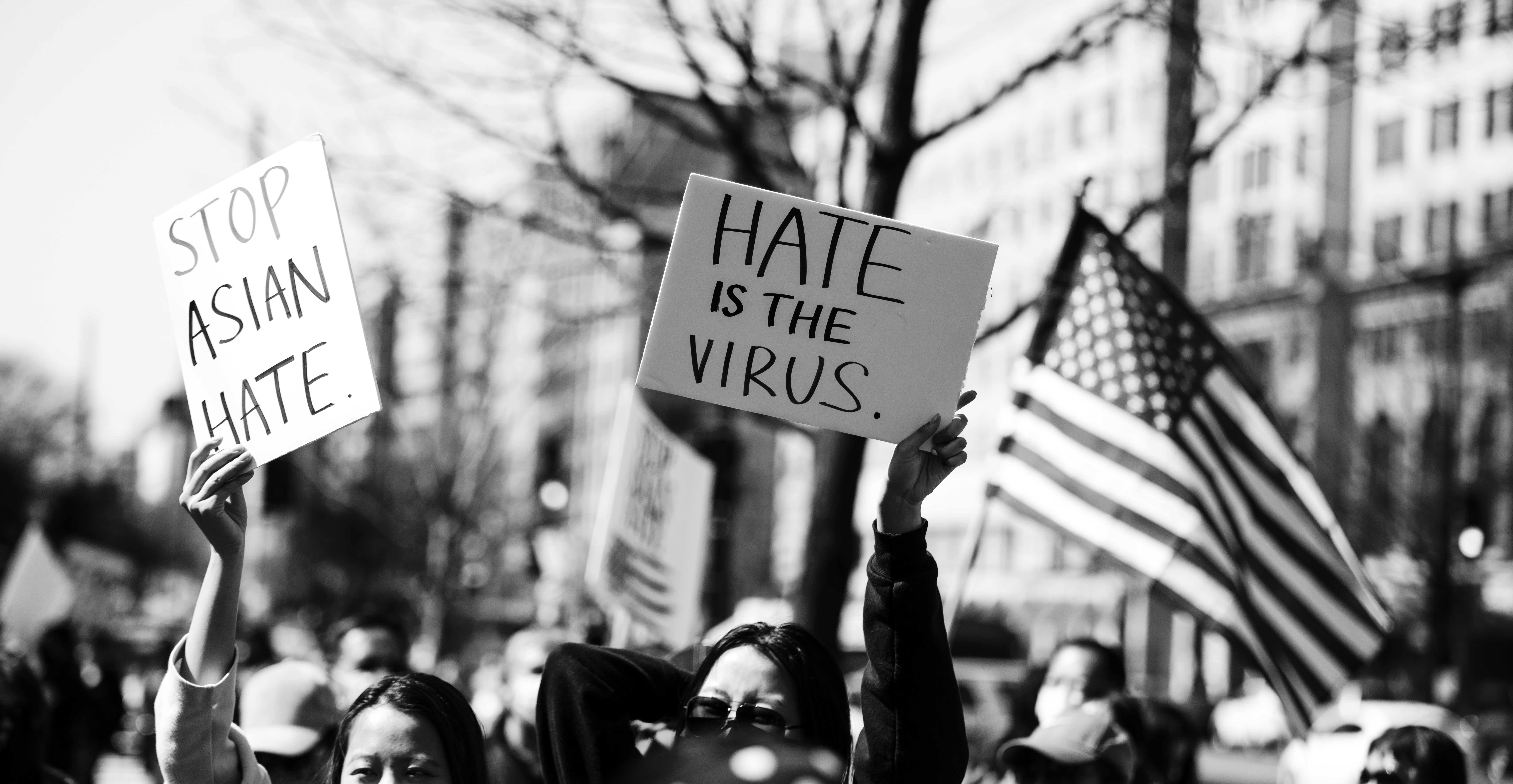Asian Americans’ Experiences with Financial Stress and Racial Discrimination

Asian Americans and Pacific Islanders (AAPI) have suffered disproportionately high COVID-19 death rates and hospitalizations as many vulnerable members of the AAPI community have low-wage jobs where they cannot work from home, in locations such as salons, factories, construction, and housekeeping. This in turn has put these populations at higher risk of contracting COVID. In California, Native Hawaiians and Pacific Islanders (NHPI) had the highest death rates of any racial and ethnic group in the state. Yet this reality has received little attention from mainstream media, health experts, or policy makers.
PRRI data from 2019 shows that AAPI people living in California were already experiencing financial stress and discrimination at the workplace prior to the pandemic. For example, more than eight in ten NHPI people (82%), as well as about seven in ten Hmong (76%), Cambodian (71%), and Vietnamese people (70%), report that they experienced at least one of ten possible economic hardships, including the inability to pay a monthly bill or the need to use food stamps. In addition, struggling AAPI workers are significantly more likely than non-struggling workers to have experienced at least one of these issues (77% vs. 59%) or to have experienced four or more of these issues (40% vs. 13%).
AAPI Californians were more likely to report dealing with racial discrimination than Californians overall (17% vs. 12%, respectively). Among AAPI subgroups, experiences of racial discrimination are highest among Native Hawaiians and Pacific Islanders (29%) and Indians (24%). One in ten or more Hmong (19%), Chinese (16%), Filipino (16%), Japanese (16%), Cambodian (14%), Vietnamese (14%), and Korean (10%) people also report experiencing racial discrimination. NHPI women tend to report experiences of racial discrimination more than NHPI men (34% vs. 23%, respectively), while Cambodian men tend to report experiences of racial discrimination more than Cambodian women (19% vs. 10%, respectively).
It is worth noting that Asian-American voter turnout increased over 45% in the 2020 presidential election, highlighting the decisive role AAPI communities played in the election. PRRI 2020 American Values Atlas Survey data shows that 43% of AAPI people identify as independents, about one-third (34%) identify as Democrats, and 16% identify as Republicans. Also, 38% of AAPI identify as liberal, 35% as moderate, and 21% as conservative.
Recent 2019 Census data reveal that there are nearly 23 million Asian residents in the United States, which is about seven percent of the overall U.S. population. In fact, the Asian population alone was the fastest-growing race group from 2000 to 2019. Among AAPI subgroups, the largest population is Chinese, followed by Asian Indian, Filipino, Vietnamese, Korean, and Japanese. Also, there are 1.6 million Native Hawaiian and other Pacific Islander alone-or-in combination residents, with the Native Hawaiian population being the largest group.

